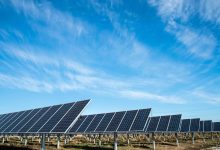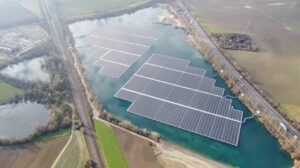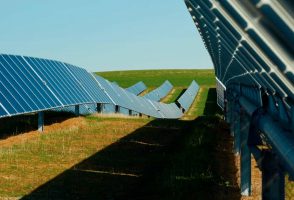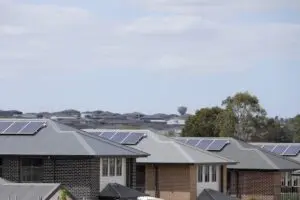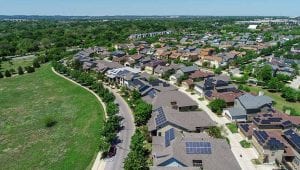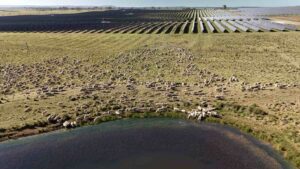2018 is already a record year for solar PV in Australia, and in particular, the utility scale sector. Queensland (QLD) leads the nation across several metrics as shown by the latest data from the Australian PV Institute earlier this week.
(i) Queensland has the highest total installed capacity of solar (3,536 MW) out of any state;
(ii) Queensland has the highest residential rooftop solar penetration by both capacity (1,935 MW) and percentage of dwellings (32.6%); and
(iii) Queensland has the highest large scale (100+ kW) solar PV capacity (1,316 MW).
Figure 1 shows the annual and cumulative generation capacity for solar PV in Queensland from 2007 to present. The data is segmented by system size: <9.5 kW (residential), 9.5-100 kW (small commercial & industrial), and 100+ kW (large C&I and utility generation).
More solar has been added to the Queensland grid in the first 10 months of 2018 than in the previous five years combined. 2018 is also the first year where the deployment of large scale solar (100+ kW) has exceeded small scale solar. In all, 88% of the large scale solar generation capacity in Queensland comes from solar farms 50+ MW in size.
This extraordinary growth in utility scale systems has come about from a combination of drastic decreases in the cost of solar as well as government funding opportunities (particularly from ARENA).
The commercial and industrial sector is also seeing strong growth. Cost decreases in solar combined with high electricity prices brought on by the energy crisis over the past two years, means that for the first time ever, solar is a cost competitive option compared with traditional electricity contracts for large C&I energy users.
In contrast, residential installations peaked in 2012, coinciding with the end of generous feed-in-tariffs and multipliers for small-scale technology certificates (STCs).
Growth in QLD solar is depressing daytime electricity prices
Most people in the energy industry are familiar with the duck curve – the hollowing out of daytime electricity demand by solar PV. But solar does not just affect electricity demand. The zero marginal cost of solar means that it is also very good at pushing down daytime electricity prices in the wholesale market.
Figure 2 shows how the growth in QLD solar has altered price patterns in the wholesale energy market. The top part of Figure 2 shows the top quartile of spot prices (i.e. top 25% of pricing) in 2009 and 2018.
In contrast, the bottom part of Figure 2 shows the bottom quartile (bottom 25% of pricing). We have compiled this data using NemSight, a software developed by Creative Analytics (part of the Energy One group).
Note that Figure 2 shows us how electricity prices in the top and bottom quartile are distributed across each 30 minute Trading Interval. It does not show the value of prices.
We can see that in 2009, the top quartile of pricing was distributed fairly uniformly across daytime trading intervals with a small peak in the evening. The top 25% of prices occurred between 9:00 and 15:30 46% of the time.
In contrast, this was only 17% of the time in 2018. High pricing is now occurring more often in the early morning and evening when solar panels are generating little or no power.
Furthermore, these daytime intervals are not only leaving the top quartile of pricing, but are actually entering the bottom quartile. In 2009, the bottom 25% of pricing occurred during 9:00 to 15:30 only 6% of the time. This has increased to 34% in 2018.
The video below shows the full evolution of QLD wholesale electricity prices for the top quartile over the last decade.
Diminishing returns for QLD solar
The big implication of the duck curve in electricity pricing is that those investing in solar may experience diminishing returns. More solar means lower and lower daytime electricity prices.
Thus, we may reach a point where electricity prices are so low during the day, that further investment in solar can no longer be justified.
There is a solution to this problem of course, and that is energy storage. Combining solar with storage allows energy to be shifted to more valuable times of the day, thereby increasing revenue for investors.
For anyone building QLD solar projects, the question is not if you should add storage, but when.
Marija Petkovic is a director of Energy Synapse.

